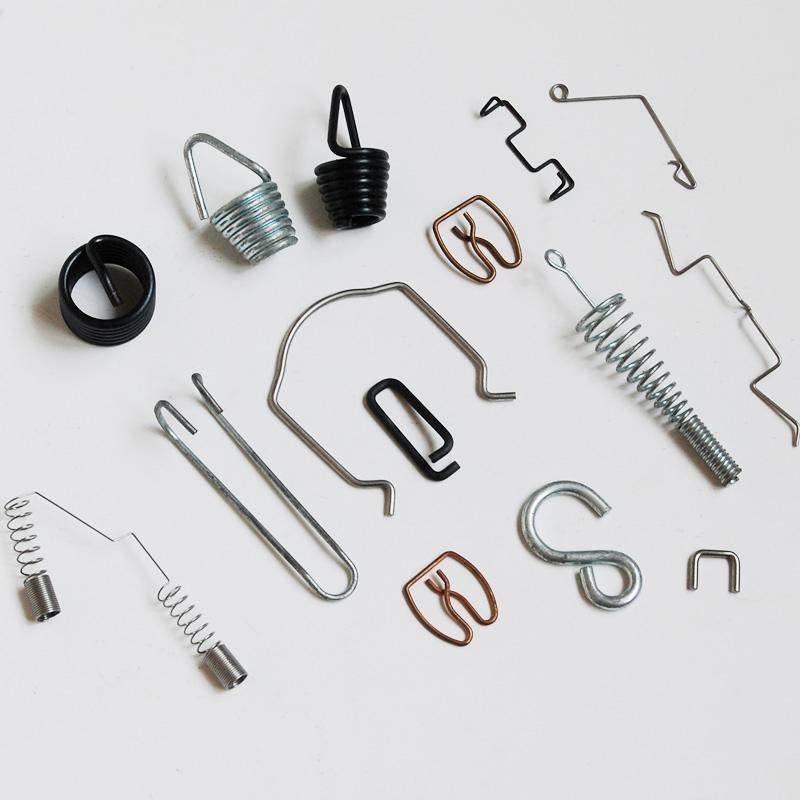
- Mobile Phone
- +8613931874955
- sales@cntcmetal.com
Understanding the Benefits and Applications of Horizontal Joint Reinforcement in Construction Projects
The Role of Horizontal Joint Reinforcement in Masonry Construction
Masonry construction, characterized by its durability and aesthetic appeal, has long been a staple in architecture. However, the structural integrity of masonry walls relies significantly on the effectiveness of joint reinforcement. One specific type of joint reinforcement that has gained prominence in masonry applications is horizontal joint reinforcement. This article explores the importance, benefits, and applications of horizontal joint reinforcement in masonry structures.
Understanding Horizontal Joint Reinforcement
Horizontal joint reinforcement refers to the use of steel reinforcement bars or mesh installed horizontally in the mortar joints of masonry walls. Typically, this reinforcement is placed at regular intervals, often every two to three courses of block or brick, depending on design requirements. The primary purpose of this reinforcement is to enhance the overall strength and stability of the masonry wall system, particularly in resisting lateral loads and preventing cracking.
Importance of Horizontal Joint Reinforcement
The use of horizontal joint reinforcement is crucial for maintaining the integrity of masonry structures. Masonry walls naturally face various stressors, including wind loads, seismic forces, and thermal expansion. Without adequate reinforcement, masonry walls can experience vertical and lateral stresses that lead to cracking and eventual failure. Horizontal joint reinforcement helps distribute these stresses more evenly across the wall, thereby minimizing the risk of structural damage.
Moreover, horizontal joint reinforcement contributes to improved performance in seismic zones. Buildings situated in earthquake-prone areas require specialized design considerations to withstand the dynamic forces generated during seismic events. By incorporating horizontal joint reinforcement, masonry walls can achieve enhanced ductility and flexibility, enabling them to absorb and dissipate seismic energy more effectively. This application of reinforcement significantly contributes to the overall resilience and safety of the structure.
Benefits of Horizontal Joint Reinforcement
horizontal joint reinforcement

There are several advantages to using horizontal joint reinforcement in masonry construction. First and foremost, it enhances the tensile strength of the masonry walls. While bricks and blocks are strong under compression, they are relatively weak in tension. The addition of horizontal joint reinforcement helps to counteract tensile forces that can arise due to environmental factors, reducing the likelihood of cracking and structural failure.
Secondly, horizontal joint reinforcement aids in controlling crack formation. By reinforcing the mortar joints, it provides a measure of flexibility that allows the masonry to move without developing critical cracks. This is especially important for structures exposed to thermal fluctuations or ground movement.
Furthermore, horizontal joint reinforcement contributes to overall energy efficiency. Cracks and voids in masonry walls can lead to significant heat loss and increased energy consumption for heating and cooling. By minimizing the occurrence of cracks, horizontal joint reinforcement helps maintain the integrity of the building envelope, thereby improving energy efficiency and occupant comfort.
Applications of Horizontal Joint Reinforcement
Horizontal joint reinforcement is widely utilized in various types of masonry structures, including residential buildings, commercial developments, and historical restorations. Building codes often recommend or require the use of horizontal joint reinforcement for certain applications, particularly in areas susceptible to high winds or seismic activity.
In historic restorations, careful attention to joint reinforcement is critical to preserving the building's architectural integrity while ensuring that it meets modern safety standards. In such cases, horizontal joint reinforcement can be seamlessly integrated into the existing structure without compromising the original design.
Conclusion
In summary, horizontal joint reinforcement plays a vital role in the structural integrity and performance of masonry construction. By enhancing the tensile strength, controlling cracking, and improving energy efficiency, it serves as an essential element in modern masonry design. As we continue to advance our understanding of building materials and construction techniques, the significance of horizontal joint reinforcement will undoubtedly remain a cornerstone of resilient masonry architecture.
share:
-
Your Source for Concrete Wall Ties and Masonry AccessoriesNewsJul.10,2025
-
Unlocking the Power of Iron Wire for Every ProjectNewsJul.10,2025
-
Explore Advanced Chain Wire and Stainless Steel Mesh FencingNewsJul.10,2025
-
Discover the Benefits of Annealed Wire ProductsNewsJul.10,2025
-
Discover China Stainless Steel Wire Mesh SolutionsNewsJul.10,2025
-
Build with Confidence Using High-Performance Masonry AccessoriesNewsJul.10,2025
-
Why Sacrificial Formwork Is Redefining Underground ConstructionNewsJun.06,2025



















